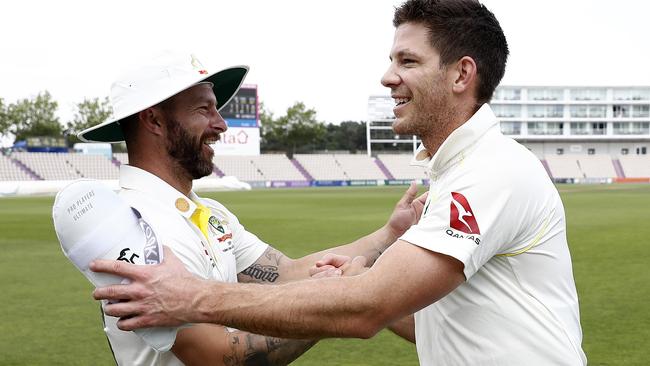Comment: Shift in power in Tasmanian sport
For more than a century, Australian rules football has owned Tasmania but there’s been a shift in power, just ask Clarence.

AFL
Don't miss out on the headlines from AFL. Followed categories will be added to My News.
THE precarious position the Clarence Football Club finds itself in through no fault of its own demonstrates the shift in power in Tasmanian sport.
As revealed by the Mercury, the club has been told to look for a new venue to host home games should the TSL get underway after its traditional venue — Blundstone Arena — was ruled off limits by Cricket Tasmania.
Border restrictions means CT is unable to fly the insurer-approved company down from Sydney to remove the expensive sightscreens to allow goalposts to be erected.
ROOS NOT GIVING UP HOME JUST YET
For more than a century, Australian rules football has owned Tasmania and by some margin. Now cricket is the biggest player in town.
Could you imagine the all-powerful Roos teams of the old statewide league back in the 1980s and ’90s being shunted off their home ground back by the then Tasmanian Cricket Association?
It is almost unfathomable.
But in 2020 the tables have turned.
This pedestal is not based on participation — for that football of the round-ball variety would rule the roost — but on power, the power of being in a national league.
The reality is one sport is trying to prepare the national Test captain Tim Paine and Australian Test, one-day and Twenty20 batsman Matthew Wade, as well as men’s and women’s teams to compete in national domestic competitions, while the other is hoping for a truncated state league. In the pecking order of national importance, they are gulfs apart.
There is no doubt, if the state was in the AFL and had Blundstone Arena as its home base, a solution would have been found.
But this is not the case.
Just compare the organisations governing bodies.
ROOS TO INVADE HAWKS’ NORTHERN NEST
Before the COVID crisis hit sports, CT had 70 positions, and that’s not including its 42 contracted players, while AFL Tasmania employed 33 staff.
Now, the difference is even greater. Due to economic impacts, CT has been reduced to 50 (a 28 per cent downgrade), while AFL Tasmania has stood down 94 per cent of its staff to be left with just two — chief executive Trisha Squires and public affairs and infrastructure state manager Damian Gill.
If a shortened TSL season is to get underway, some personnel will return, but it would still operate on a skeleton staff.
Now the most powerful athlete strutting first on to Tasmanian sports grounds wears a purple Hurricanes top or a Tigers baggy green cap, not the fabled “Map” footy jumper.


